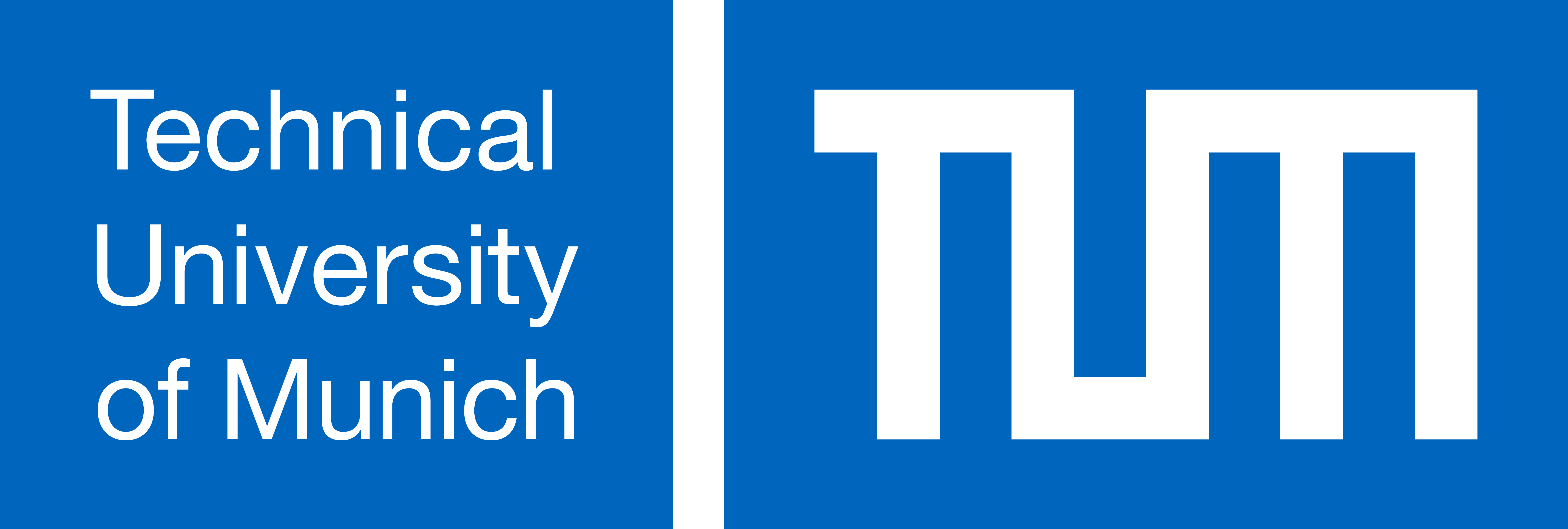About this course
The lecture covers all relevant aspects in the field of "Artificial Intelligence" and "Machine Learning". In addition, all theoretical aspacets will be related to automotive technology topics. 1. Introduction: Historic overviw, overview Machine Learning topics, self driving cars 2. Computer-Vision: Feature Extraktion, Color detection, Canny Edge Detection, Hough Lines, Stereovision 3. Supervised Learning - Lineare Regression: Random Sampling & Consensus 4. Supervised Learning - Classification: Decision Trres, Support Vector Machines, k-nearest Neighbours. 5. Unsupervised Learning - Clustering: Decision Trees, k-Means 6. Path Finding: A* Search 7. Introduction to Neuronal Networs: Perceptron, Loss Function, Activation Function 8. Deep Neuronal Networks: Backpropagation, Different Layers 9. Convolutional Neuronal Networks: Paramter, Filter, Visualization, Pooling 10. Recurrent Neuronal Networks 11. Reeinforcemente Learning 13. AI-Development: Hyperparamter, Training on CPU and GPU, Inference
Learning outcomes
After the lecture and the excercise the student has an holistic overview in the topic of Artifical Intelligence and Mchine Learning. The sutdent is able to selecte a Machine Learning method for a specific problem. Especially the student is able to solve current problems in the field of automotive technoloy with machine learning methods.
Examination
In a written exam (duration 90 min) on the one hand the taught contents are applied to the basics of machine learning procedures as well as to various problems from vehicle technology and to be transferred to further tasks. For example, the students should prove in the exam that they have understood the basic mathematics behind the mechanical procedures and can apply them accordingly. The students should also be able to prove that they can select suitable machine learning methods for various problems in vehicle technology and implement them with the appropriate code. A calculator is allowed iin the exam. By completing the homework after the lecture and submitting 50.00 % correct results (calculated from the average of the percentage points achieved over all individual homework assignments), a grade bonus for the exam according to APSO §6, paragraph 5 can be achieved.
<b>Contact: <a href="mailto:vl.ki.ftm@ed.tum.de">vl.ki.ftm@ed.tum.de</a></b>
For EuroTeQ students, the exam is only organized on the TUM campus.
Course requirements
• Attendance of the lecture "Basic of Motor Vehicle Contstruction" • Basic knowledge in Python
Resources
- Christopher M. Bishop Neural Networks for Pattern Recognition, 1995 Tom M. Mitchell, Machine Learning, 1997 Christopher M. Bishop, Pattern Recognition and Machine Learning, 2007 David Barber, Bayesian Reasoning and Machine Learning, 2012 Michael Nielsen Neural Networks and Deep Learning, 2014 Pendelten et. al, Perception, Planning, Control, and Coordination for Autonomous Vehicles, Machines 2017, 5(1), 6; https://doi.org/10.3390/machines5010006
Activities
In the lecture, the theoretical basics of the course are taught by means of a lecture and presentation. More complex issues are derived and illustrated using tablet PCs. During the lecture questions are explicitly asked which expect a transfer payment from the students and which give the students the opportunity to speak and discuss a possible solution. The aim is to deepen the overview of the mechanical processes and to achieve the transfer for applying the mechanical processes to further problems. The lecture also explains simple code examples that can be actively programmed by the students. These code examples are primarily in the field of automotive engineering, which enables the students to work on special problems in the field of automotive engineering with machine learning methods. After each lecture unit, corresponding learning and programming tasks are handed over to the students in the form of a homework assignment, which deal with the subject matter of the learning unit and serve as preparation for the examination. For example, this is the detection of lanes in Chapter 2 Computer Vision or the detection of vehicles in Chapter 4 by Support Vector Machines. These programming tasks teach the students how machine learning methods can be converted into appropriate code and at the same time how to apply this to problems in vehicle technology.
Additional information
- More infoCoursepage on website of Technical University of Munich
- Contact a coordinator
- CreditsECTS 5
- Contact hours per week2
- InstructorsMarkus Lienkamp, Frank Diermeyer
- Mode of instructionHybrid
Offering(s)
Start date
23 April 2025
- Ends25 July 2025
- Term *Summer 2025
- Instruction language
Enrolment period closed
